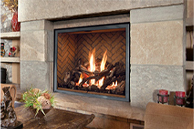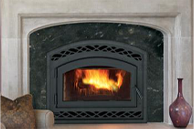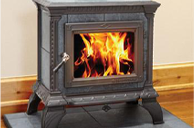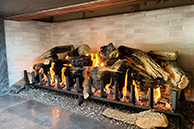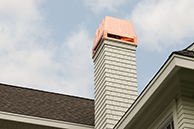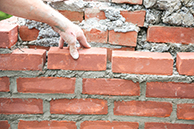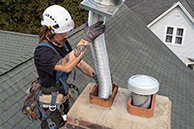What Is A Leaky Chimney?
A leaky chimney might not be something that comes to mind when you’re thinking about your fireplace. That may change if you notice water stains near your fireplace, a musty smell, or rust on the damper. Many homeowners assume a leak means something is wrong with the roof, but in reality, the chimney itself is often the source, and chimney professionals can help.
Chimney leaks, like most water-related issues, can cause serious damage if ignored. If water can seep into the structure of your home, then it can deteriorate masonry, cause mold or mildew, and even affect indoor air quality. The good news is that most chimney leaks are preventable and fixable when caught early
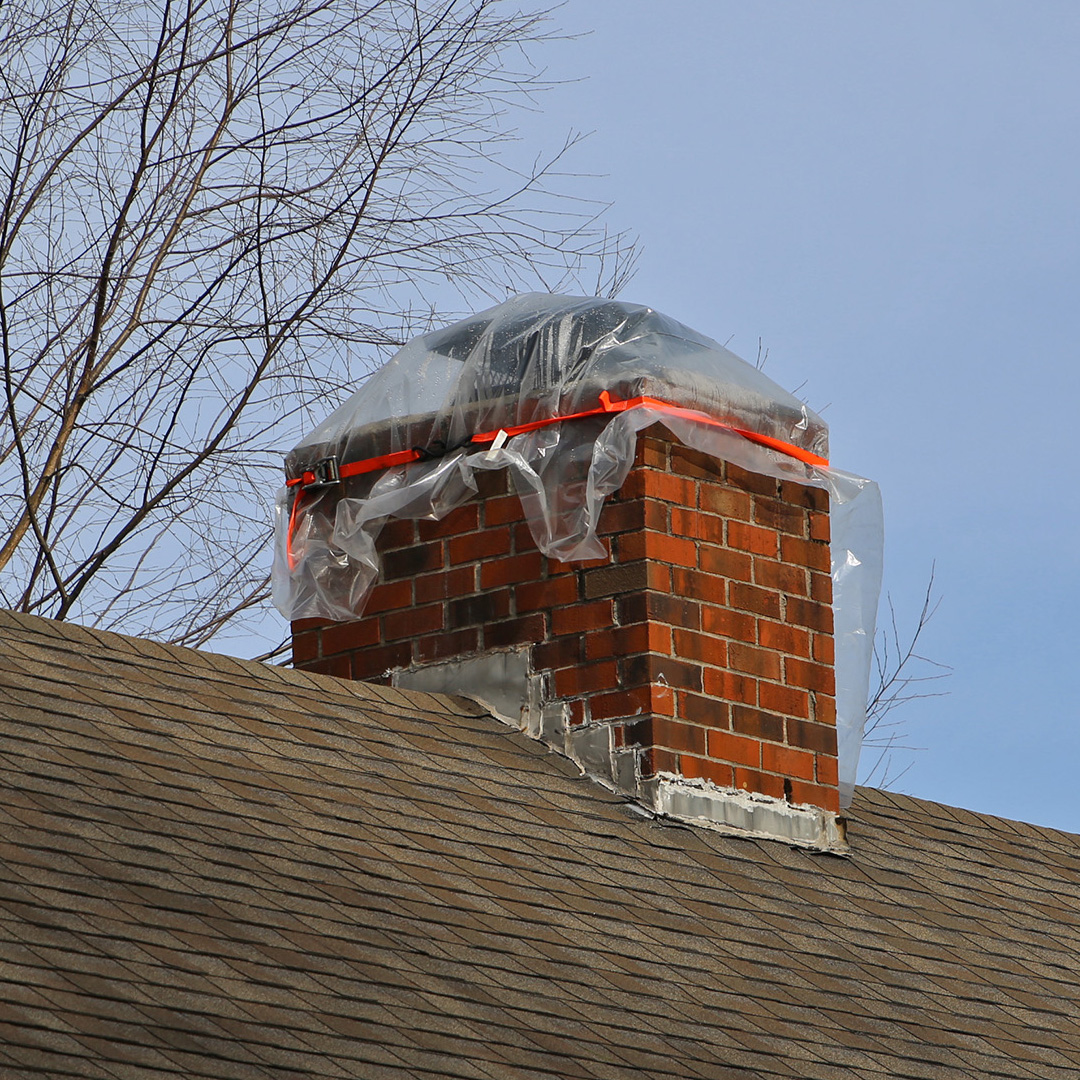
Here are some of the most common reasons that your chimney may be experiencing a leak:
Worn or Cracked Masonry
Brick and mortar breaks down eventually, especially when they are exposed to moisture. When hairline fractures begin, water will work its way into those cracks. If the temperature drops and that water freezes, it expands, making the cracks larger. Regular maintenance, including waterproofing treatments, can help protect the masonry and extend the life of the chimney.
Damaged Chimney Crown
The crown is the cement layer at the top of a masonry chimney. It acts like a roof, protecting the flue and the chimney structure from rain and snow. If the crown is cracked or improperly sealed, water can get in and start causing damage to the chimney interior and even the surrounding walls.
Smaller cracks in the crown can usually be patched, but more severe damage might require rebuilding that section entirely.
Missing or Faulty Chimney Cap
A chimney cap sits above the crown and acts as a cover for the flue. It keeps out rain, snow, animals, and debris. If the cap is missing, loose, or damaged, your chimney is wide open to water entry. A well-installed chimney cap not only prevents leaks but also helps with proper draft and reduces the chance of dangerous blockages that can lead to carbon monoxide buildup.
Rusty or Damaged Chase Pan
If your home has a chase cover or pan made of metal, these can rust, warp, or crack. This is especially true if it rains and water pools on the surface. Once a hole forms or the seams break down, water can easily enter the chimney chase. The good news is replacing a chase pan is easy and relatively inexpensive.
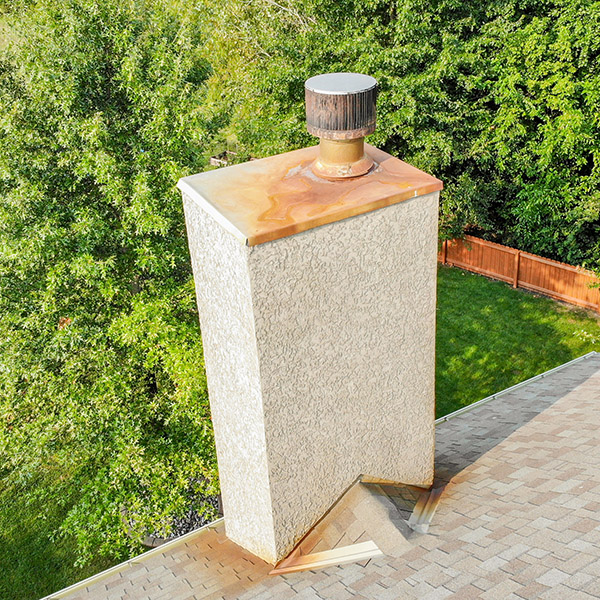
How to Prevent Chimney Leaks
- Keep up with your annual chimney inspection.
- Apply a waterproofing sealant to masonry.
- Replace missing or damaged components as soon as you catch them.
- Keep gutters clear to prevent water from overflowing toward the chimney.
Leaky Chimney? Call Twin City Today for Assistance
A leaky chimney might start as a small inconvenience, but if left unaddressed, it can cause serious problems. If you notice water near your fireplace or suspect something’s wrong, don’t wait until it gets worse. Schedule an inspection and let a skilled chimney professional take a closer look. Early action can save you from exponentially worse issues down the road.
 Active-Duty Military Owned
Active-Duty Military Owned
